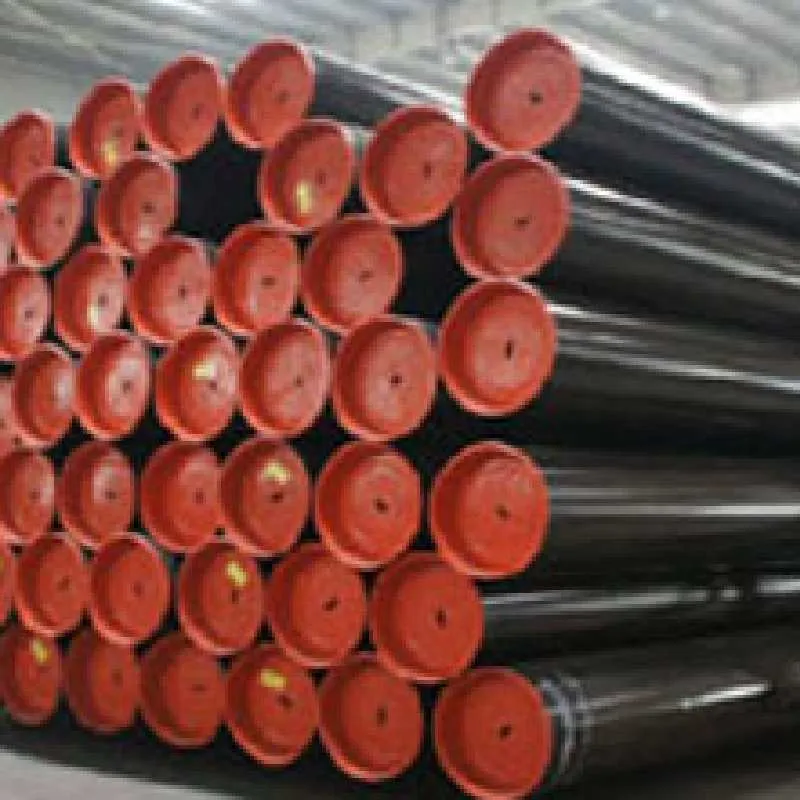-
Cangzhou Yulong Steel Co., Ltd.
-
Phone:
+86 13303177267 -
Email:
admin@ylsteelfittings.com
- English
- Arabic
- Italian
- Spanish
- Portuguese
- German
- kazakh
- Persian
- Greek
- French
- Russian
- Polish
- Thai
- Indonesian
- Vietnamese
- Zulu
- Korean
- Uzbek
- Hindi
- Serbian
- Malay
- Ukrainian
- Gujarati
- Haitian Creole
- hausa
- hawaiian
- Hebrew
- Miao
- Hungarian
- Icelandic
- igbo
- irish
- Japanese
- Javanese
- Kannada
- Khmer
- Rwandese
- Afrikaans
- Albanian
- Amharic
- Armenian
- Azerbaijani
- Basque
- Belarusian
- Bengali
- Bosnian
- Bulgarian
- Catalan
- Cebuano
- China
- China (Taiwan)
- Corsican
- Croatian
- Czech
- Danish
- Esperanto
- Estonian
- Finnish
- Frisian
- Galician
- Georgian
- Kurdish
- Kyrgyz
- Lao
- Latin
- Latvian
- Lithuanian
- Luxembourgish
- Macedonian
- Malgashi
- Malayalam
- Maltese
- Maori
- Marathi
- Mongolian
- Myanmar
- Nepali
- Norwegian
- Norwegian
- Occitan
- Pashto
- Dutch
- Punjabi
- Romanian
- Samoan
- Scottish Gaelic
- Sesotho
- Shona
- Sindhi
- Sinhala
- Slovak
- Slovenian
- Somali
- Sundanese
- Swahili
- Swedish
- Tagalog
- Tajik
- Tamil
- Tatar
- Telugu
- Turkish
- Turkmen
- Urdu
- Uighur
- Welsh
- Bantu
- Yiddish
- Yoruba

Sep . 29, 2024 00:35 Back to list
Understanding ANSI B16.5 Standards for Flanges and Their Applications in Industry
Understanding ANSI B16.5 A Critical Standard in Pipe Flanges
In the complex world of piping systems, the importance of standards cannot be overstated. Among these standards, ANSI B16.5 stands out as a crucial element in ensuring safety, consistency, and compatibility in industrial applications. This article explores what ANSI B16.5 encompasses, its significance, and how it impacts various sectors, including oil and gas, chemical manufacturing, and power generation.
What is ANSI B16.5?
ANSI B16.5 is an American National Standards Institute (ANSI) standard that governs the dimensions, tolerances, materials, and markings of pipe flanges and flanged fittings. Specifically, it covers flanges made of various materials, including carbon steel, stainless steel, and alloy steels, for pipe sizes ranging from ½ inch to 24 inches in nominal diameter. Flanges are critical components in piping systems, as they provide a means for connecting pipes, valves, pumps, and other equipment to create a complete and secure system.
The standard outlines various flange types, including weld neck, slip-on, blind, threaded, and socket weld flanges, each serving specific purposes based on the requirements of the piping system. By detailing these parameters, ANSI B16.5 ensures that manufacturers produce flanges that are consistent with each other, facilitating easier assembly and maintenance in the field.
The Importance of ANSI B16
.5The significance of ANSI B16.5 extends beyond mere compliance; it actively contributes to the safety and reliability of piping systems. Here are some ways this standard plays a vital role
1. Safety Assurance By adhering to ANSI B16.5, manufacturers can produce flanges that meet stringent safety criteria, reducing the risk of catastrophic failures due to improper connections. This is particularly critical in high-pressure and high-temperature environments, where the consequences of a failure can be dire.
ansi b16 5

2. Interoperability One of the challenges in designing and constructing piping systems is ensuring that different components from various manufacturers can work together seamlessly. ANSI B16.5 provides a common language and framework that allows engineers to select flanges that will fit together without issues, enhancing interoperability among different systems.
3. Quality Control The standard also stipulates quality control measures, ensuring that manufacturers maintain high production standards. This results in flanges that are not only consistent in quality but also reliable over their service life, thus minimizing downtime and repair costs.
4. Cost Efficiency By standardizing flange dimensions and materials, ANSI B16.5 helps manufacturers and contractors optimize their inventory. When components are compatible, it reduces the need for custom solutions, which can be costly and time-consuming. This efficiency translates into lower overall project costs.
Application Across Industries
The applicability of ANSI B16.5 spans various industries. In the oil and gas sector, for instance, robust and reliable flanged connections are crucial due to the high pressures and hazardous materials involved. Similarly, the chemical processing industry relies on these standards to ensure that the flanges can withstand corrosive substances without failing.
Furthermore, the power generation industry benefits from ANSI B16.5 by ensuring that steam and water pipelines operate safely and efficiently. In all these sectors, adherence to ANSI B16.5 translates to enhanced performance and operational safety, reassuring stakeholders and regulatory bodies alike.
Conclusion
ANSI B16.5 serves as a fundamental standard for pipe flanges in numerous industrial applications. By establishing guidelines regarding dimensions, tolerances, materials, and connections, it promotes safety, compatibility, and quality in piping systems. As industries continue to evolve and face new challenges, standards like ANSI B16.5 will remain critical in fostering innovation while ensuring the reliability and safety of piping infrastructure. For engineers, manufacturers, and safety professionals, understanding and applying ANSI B16.5 is not just about compliance; it is about committing to a culture of safety and excellence in all aspects of piping design and maintenance.
Latest news
-
ANSI 150P SS304 SO FLANGE
NewsFeb.14,2025
-
ASTM A333GR6 STEEL PIPE
NewsJan.20,2025
-
ANSI B16.5 WELDING NECK FLANGE
NewsJan.15,2026
-
ANSI B16.5 SLIP-ON FLANGE
NewsApr.19,2024
-
SABS 1123 FLANGE
NewsJan.15,2025
-
DIN86044 PLATE FLANGE
NewsApr.19,2024
-
DIN2527 BLIND FLANGE
NewsApr.12,2024
-
JIS B2311 Butt-Welding Fittings LR/SR 45°/90° /180°Seamless/Weld
NewsApr.23,2024











